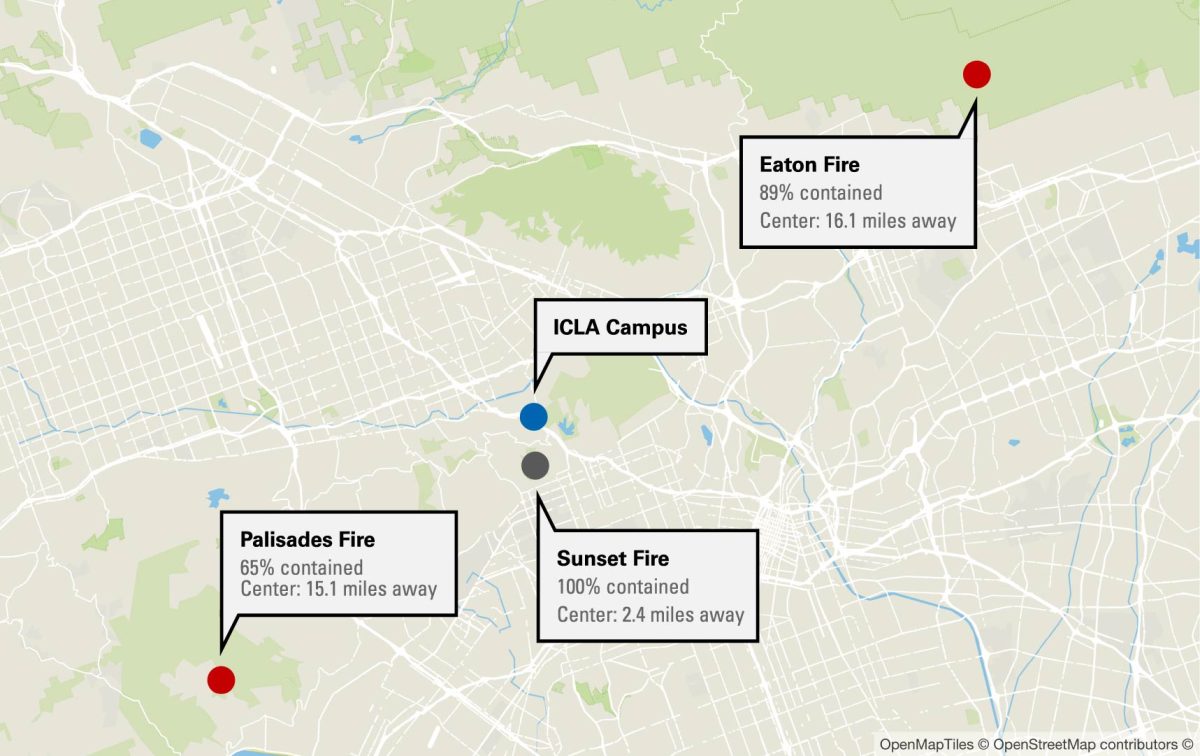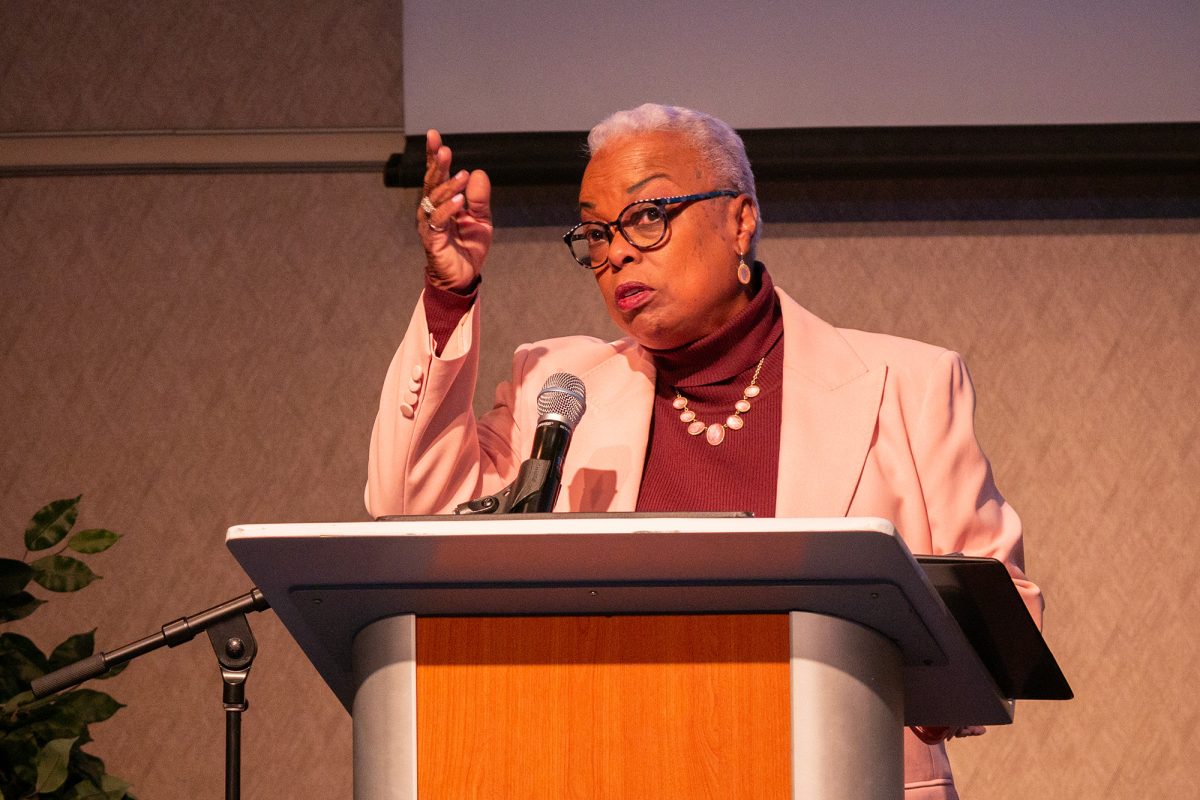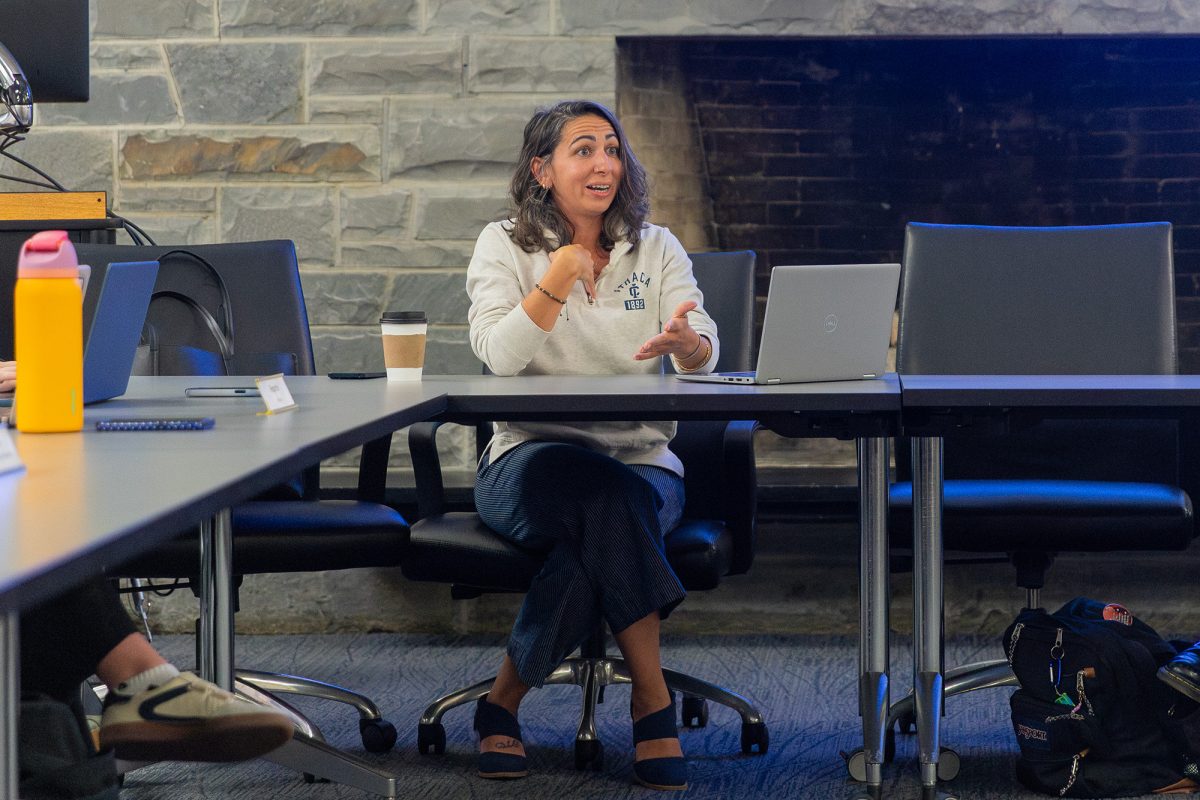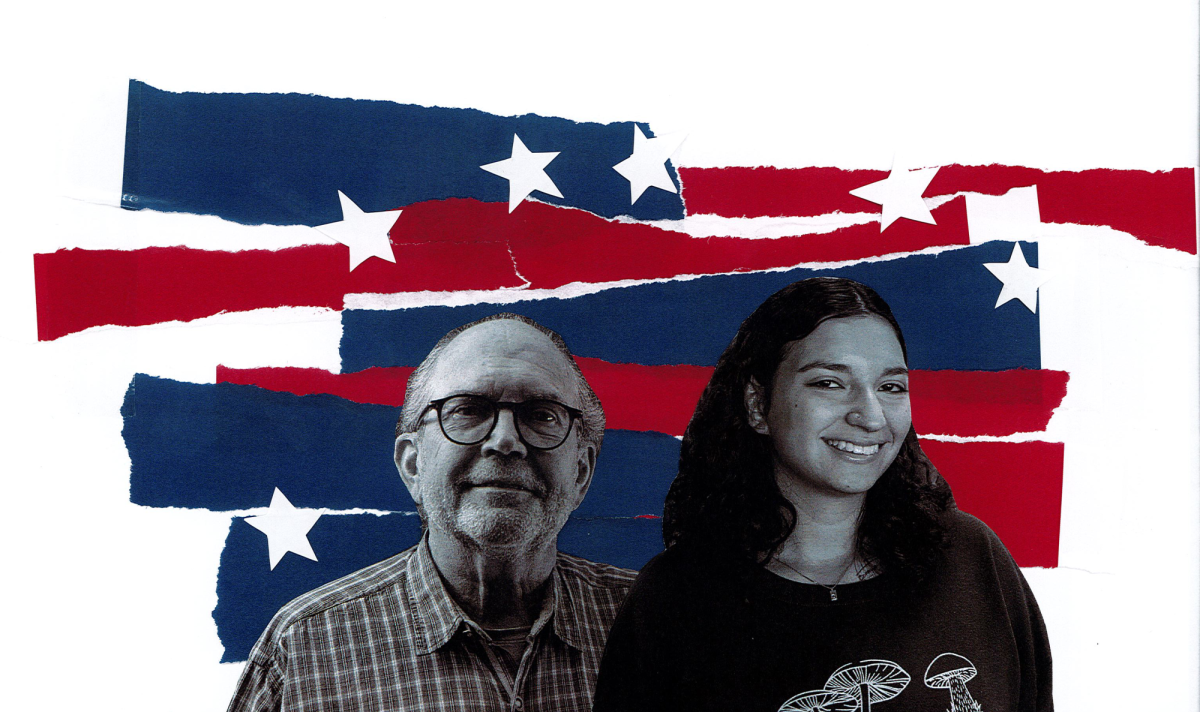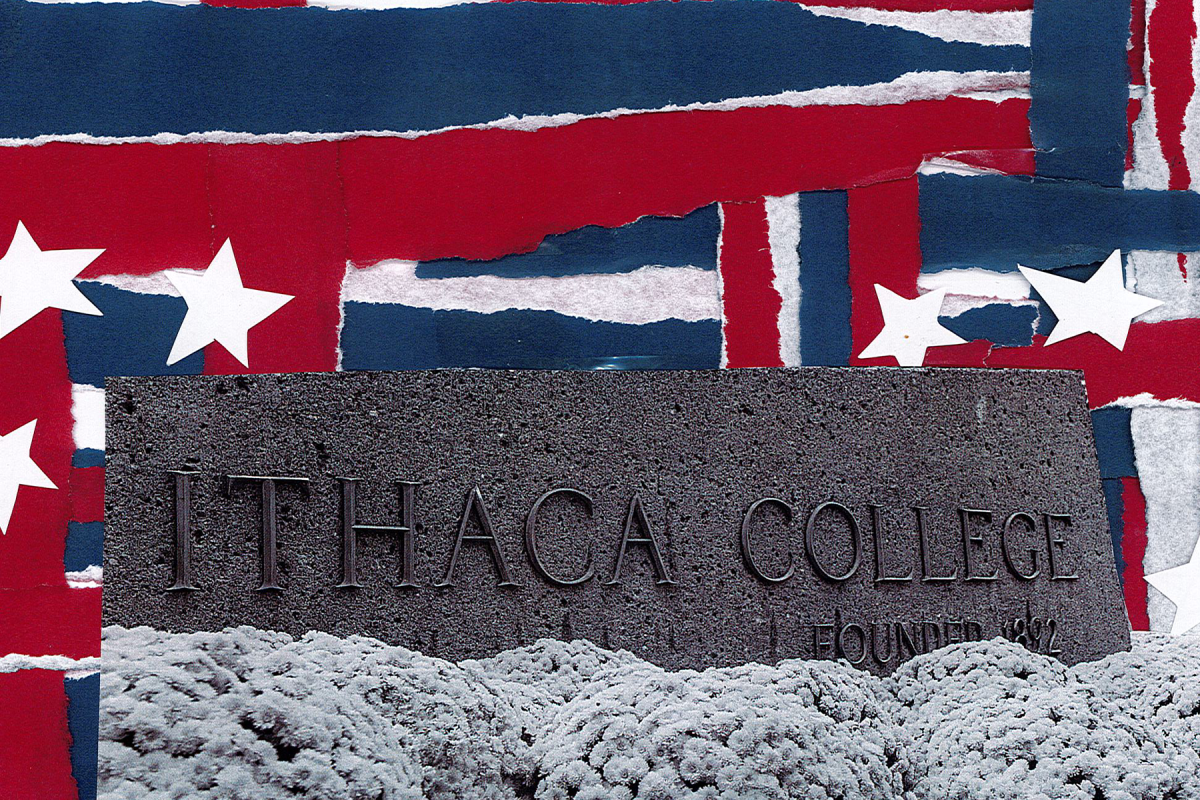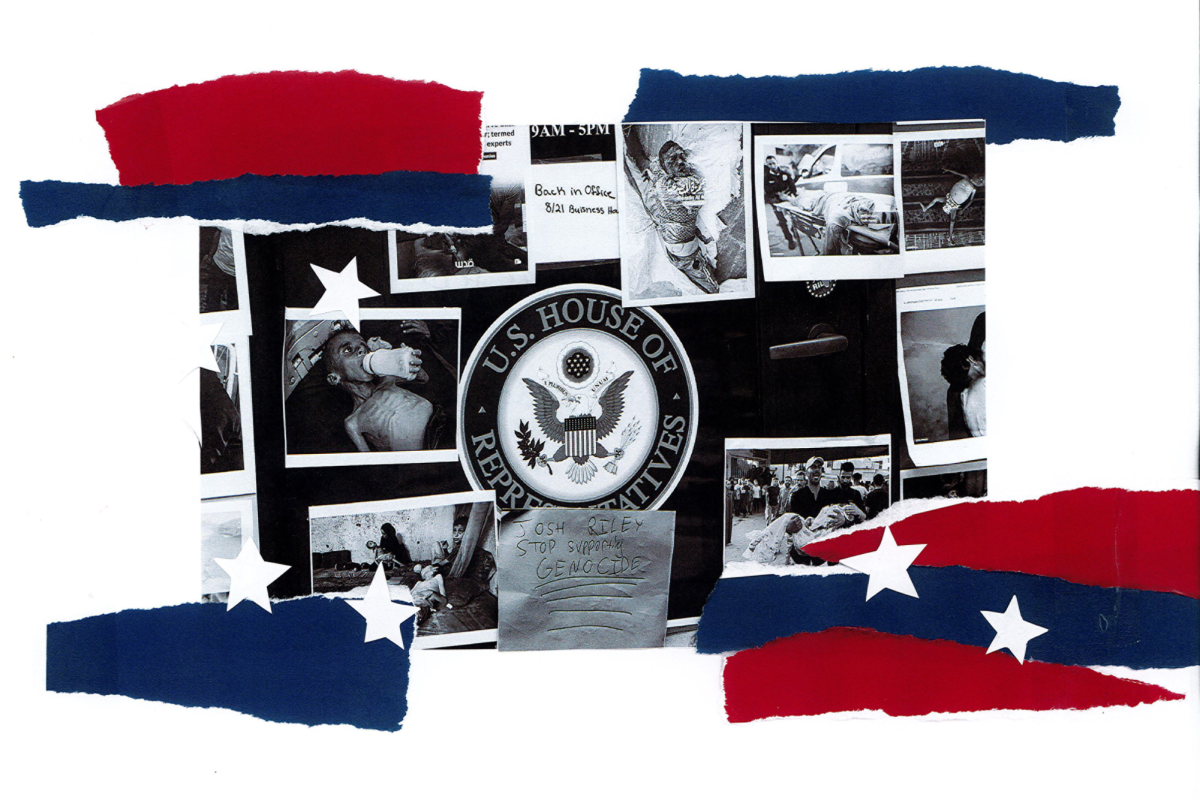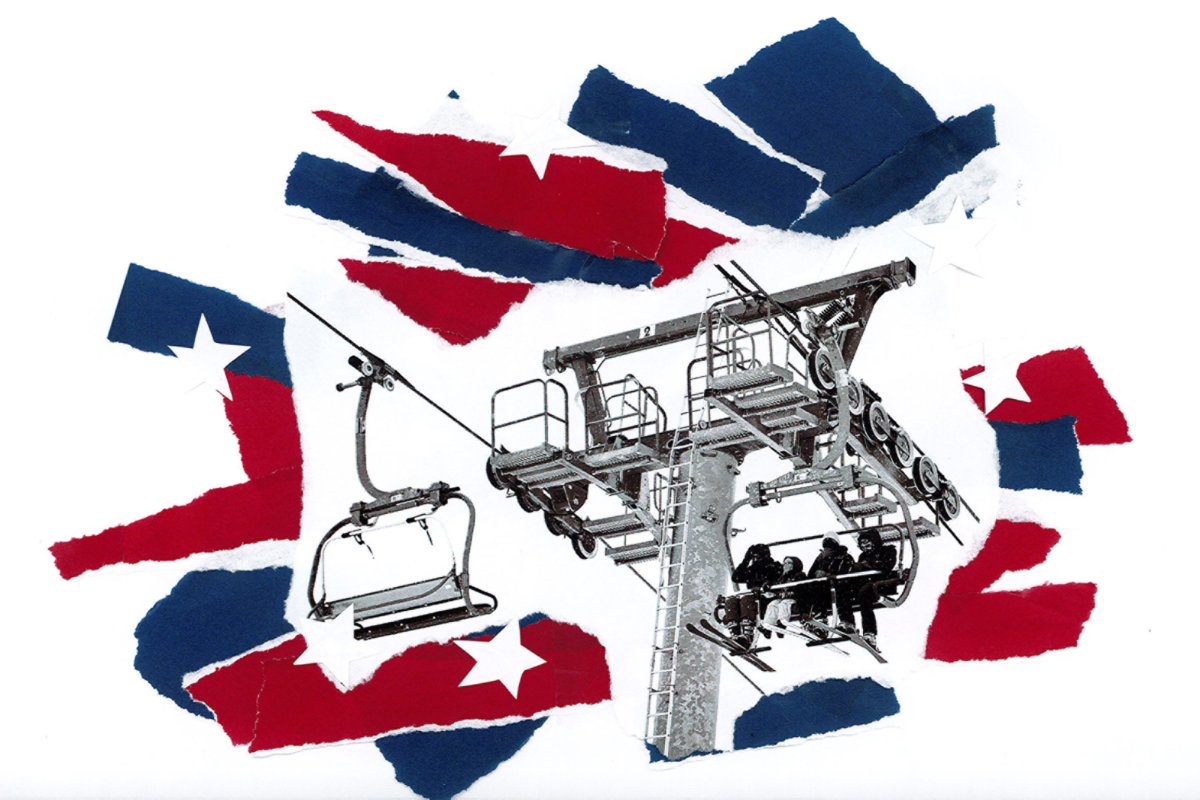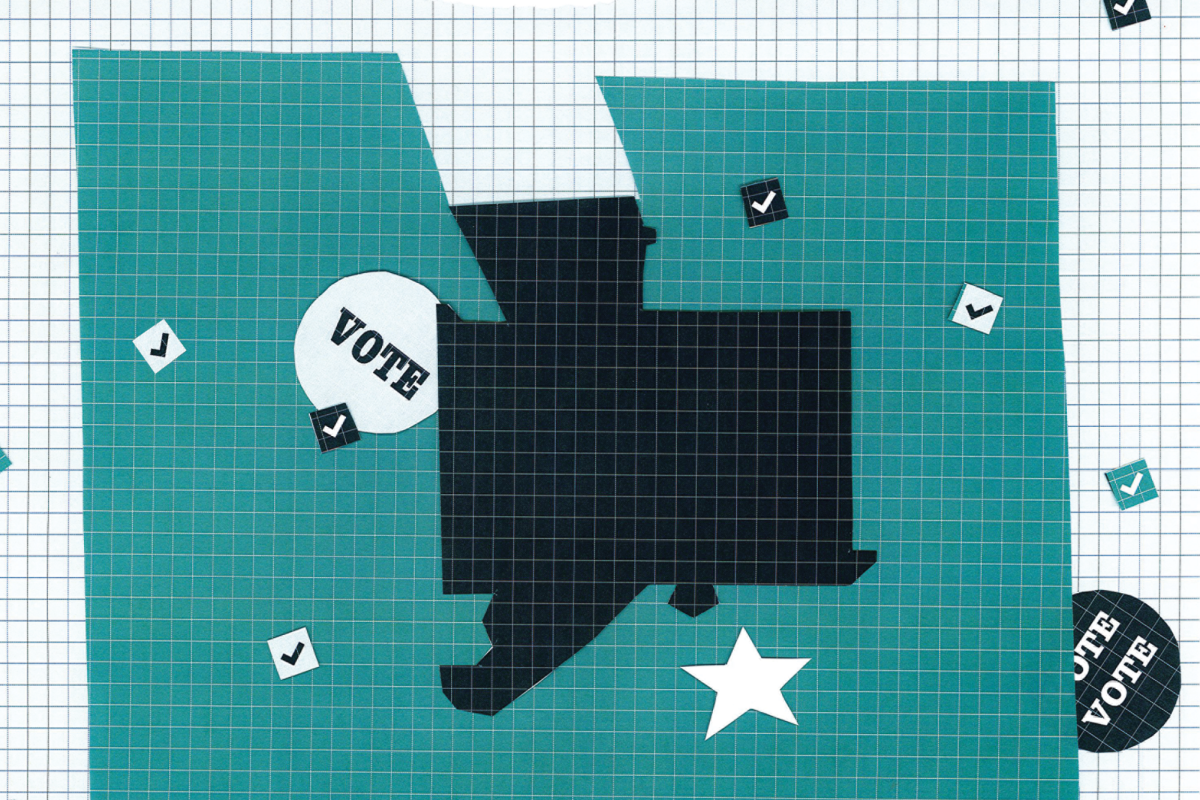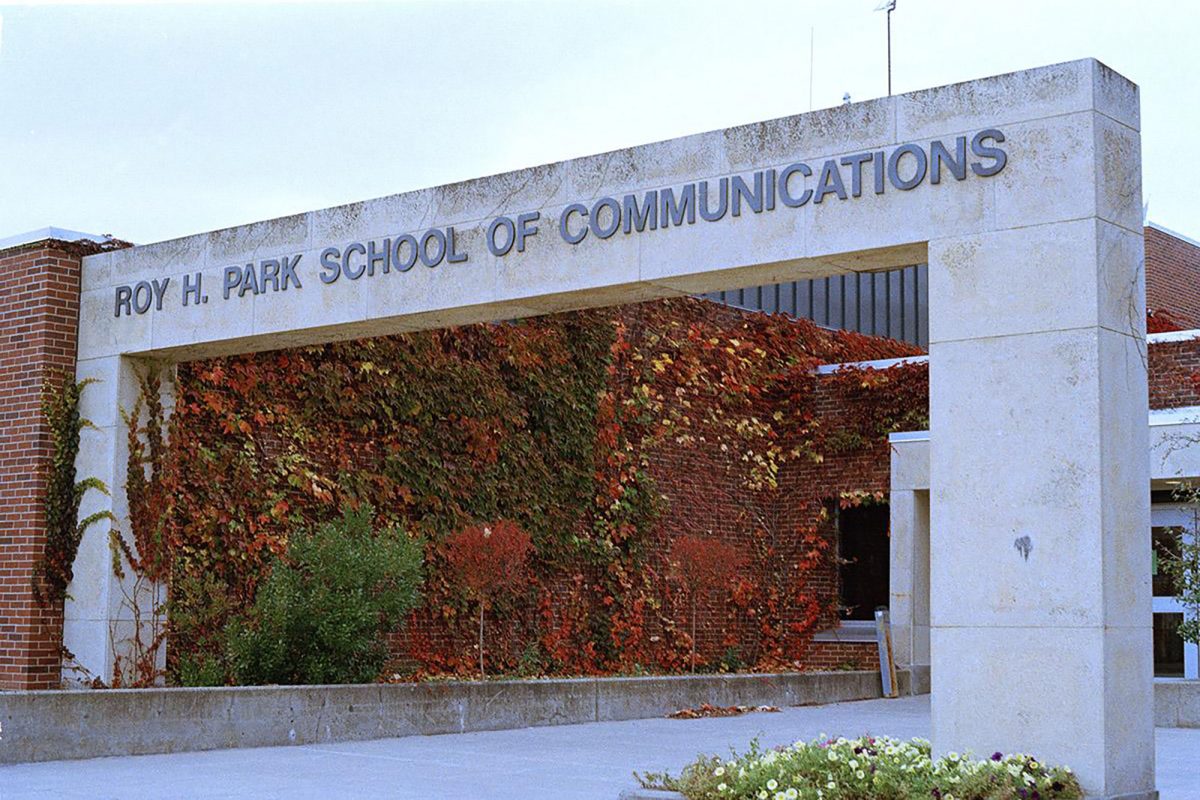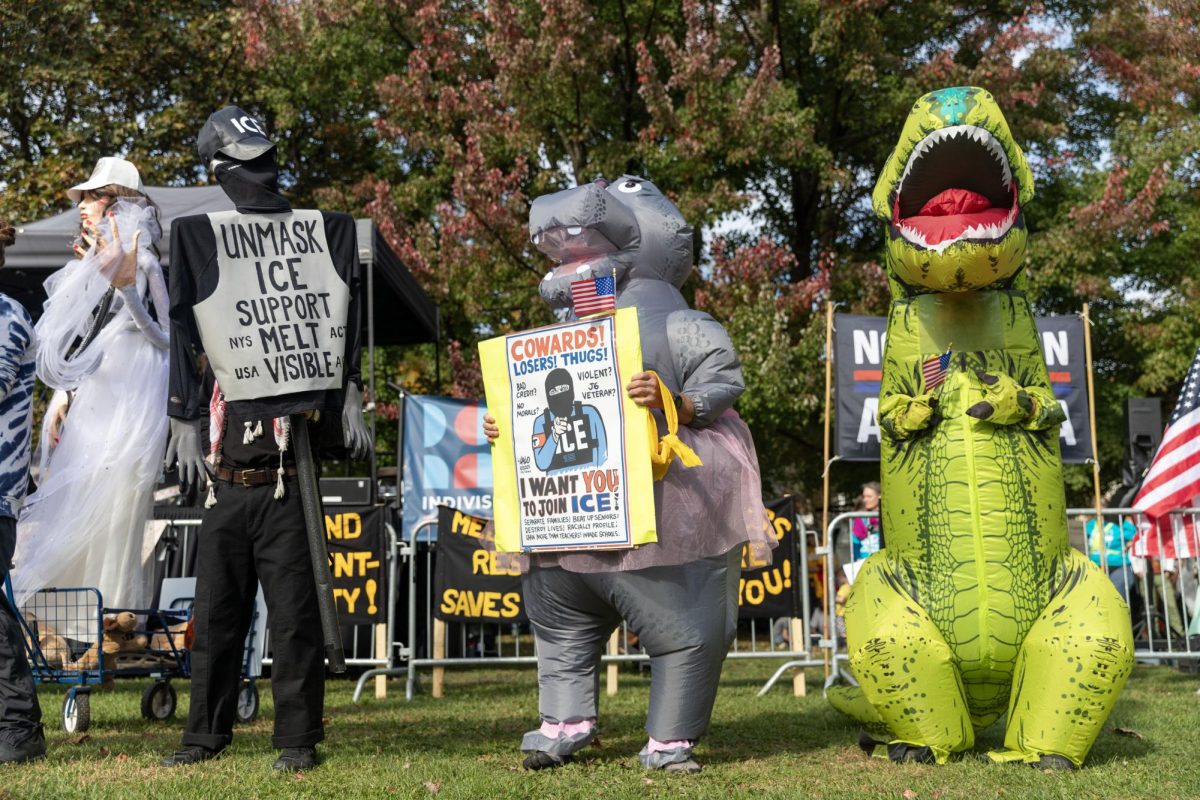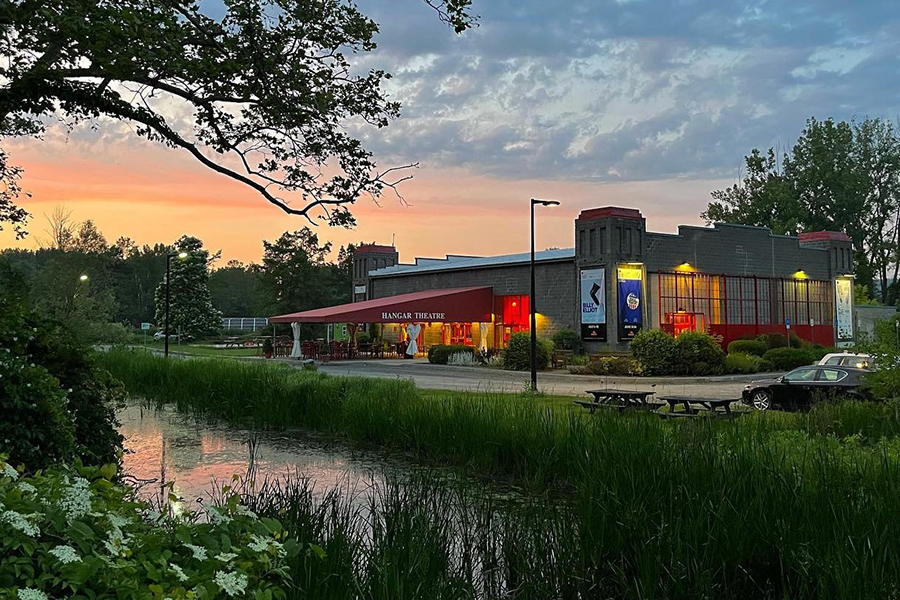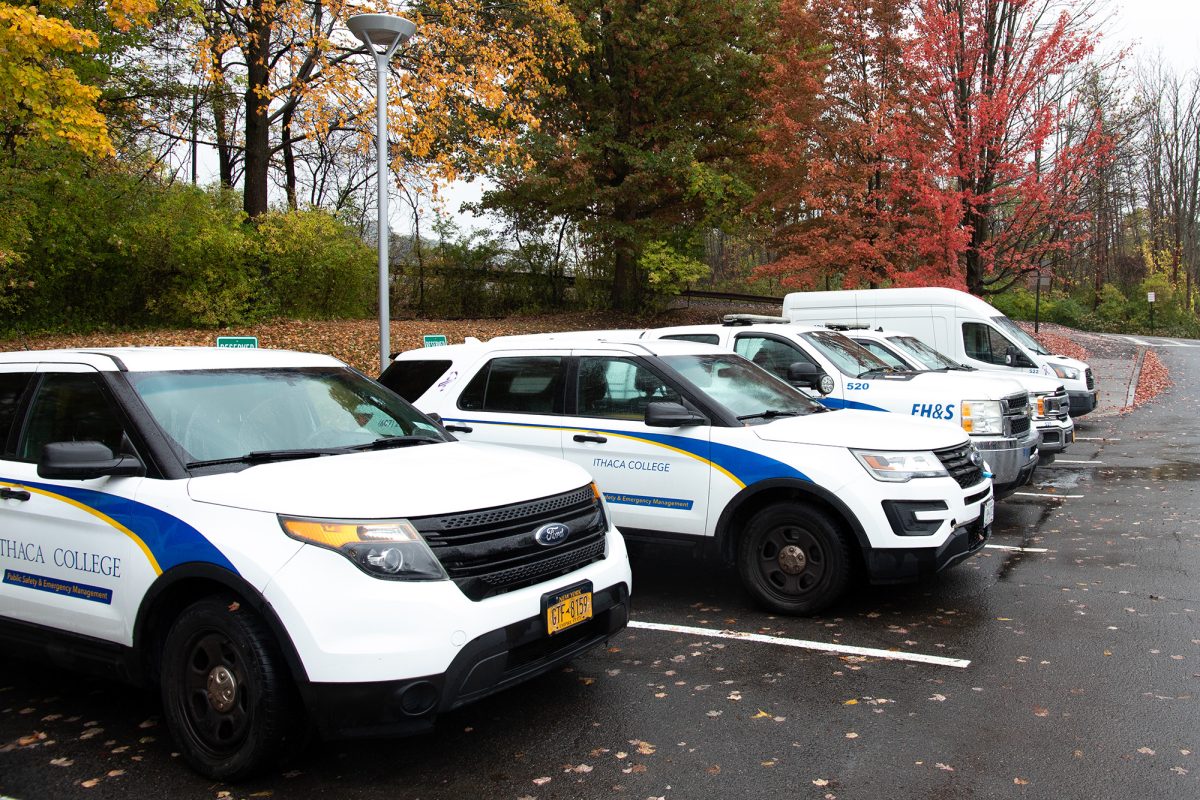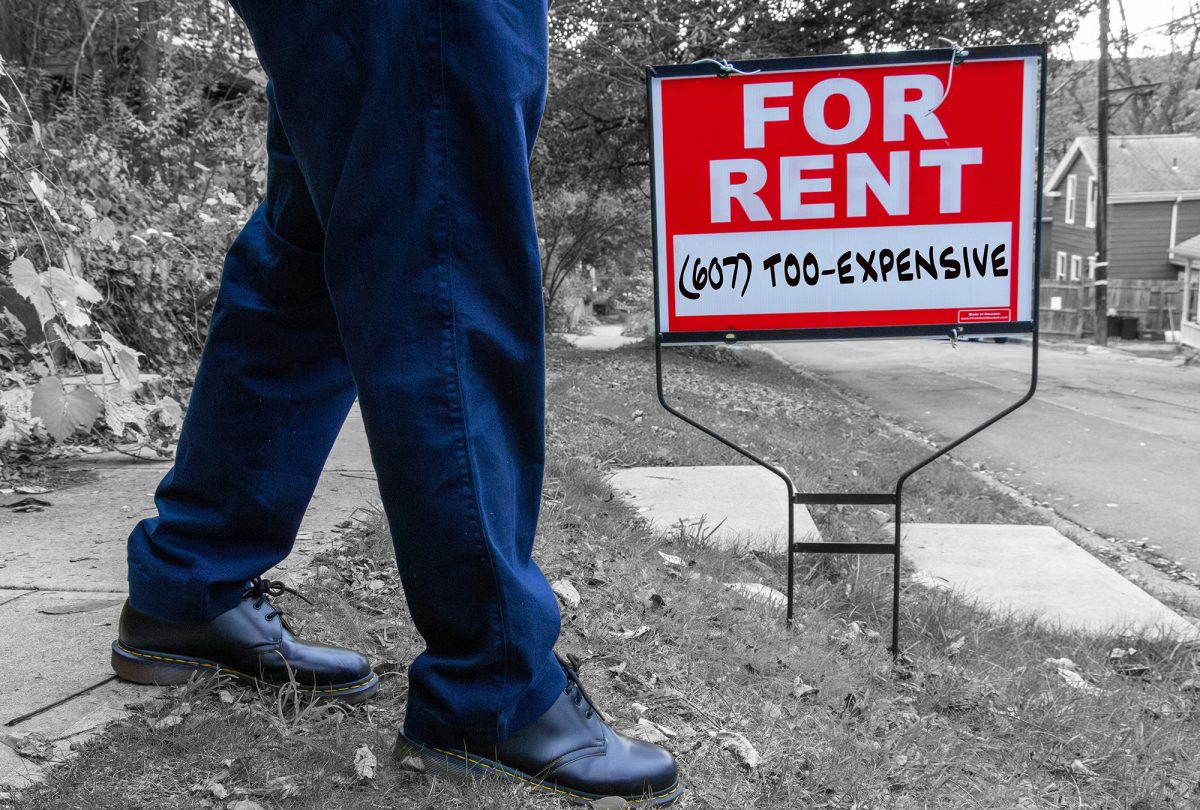As wildfires continue to spread throughout the greater Los Angeles area, the Ithaca College Los Angeles Program is preparing for Spring 2025.
Located outside of Burbank and Hollywood, ICLA is an internship-focused semester for juniors and seniors in the Roy H. Park School of Communications. Orientation for ICLA was held Jan. 16 — after being pushed back one day to accommodate travel delays — and classes began Jan. 21.
Impact of wildfires on ICLA
Junior Carson Mrozinski was in the middle of the transnational drive from his home in Maryland to the ICLA campus when he learned about the wildfires. Mrozinski said he and his roommate had to spend an extra night in Nashville Tennessee, before heading to the ICLA campus because of the wildfires.
“I was shocked,” Mrozinski said. “We were packing up, getting ready to leave and then I knocked on my roommate’s door and he was like, ‘Hey, our parents are really concerned, the fires have gotten out of hand.’”
Stephen Tropiano ’84, ICLA program director and professor of the Integrated Studies platform, Screen Studies, said the wildfires do not pose an immediate threat to the ICLA campus. As of Jan. 21, ICLA is outside the Palisades and Eaton fire evacuation zone. The Sunset fire — which was under six miles from the ICLA campus — has been completely contained.
Tropiano said the ICLA program is prepared to handle natural disasters and has been dealing with them since the start of the program in 1994.
“We actually opened the day of the Northridge earthquake,” Tropiano said. “The first day of school was the biggest earthquake that we’ve had in the last 50 years. So there’s always the possibility of earthquakes and there’s always a possibility of wildfires.”
Samm Swarts, assistant director for Emergency Preparedness and Response in the Office of Public Safety and Emergency Management at the college, went to the ICLA campus in Spring 2024 to make sure it had the resources to be connected to the main campus and was in communication with the College Emergency Response Team.
Swarts said he has been in communication with ICLA program staff since the wildfires broke out and has been working with them to ensure they have N95 and KN95 masks to give to students.
“Right now, there’s not any immediate fire super close by to the campus,” Swarts said. “But again, there is still smoke and things like that in the air that is driving down the air quality overall.”
Mrozinski said that once he got to the ICLA campus, he realized students in the program were lucky to be a safe distance away from the fires. He said despite the one-day delay, orientation went on as usual.
“[ICLA staff] didn’t even talk about [the fires] really,” Mrozinski said. “So it’s kind of like we’re just pushing past it.”
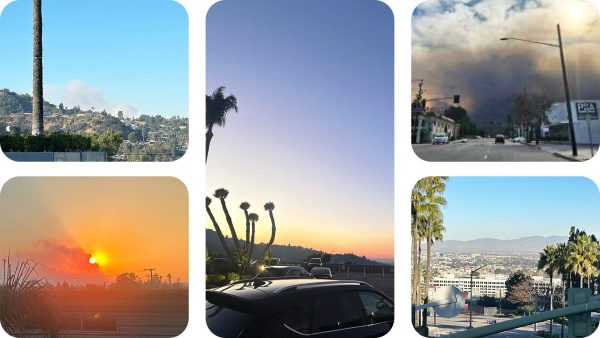
Impact of wildfires on Californians
Caleb Malis, a sophomore at the ArtCenter College of Design in Pasadena said he evacuated the city when the fires began. Pasadena is located near the Eaton fire, which has destroyed over 7,000 structures — making it the second most destructive California fire in history.
Malis said his college shifted to hybrid classes to discourage students from commuting up to Pasadena because of concerns over the poor air quality created by the fires.
“It’s weird to come back and see a damage assessment: How many roads have been closed off, how many buildings have been taken over [and] how dirty the streets were,” Malis said.
In a Jan. 8 press release, California Gov. Gavin Newsom’s office said Los Angeles was receiving additional firefighters and resources from neighboring counties because of the severity of the fires.
Kile Graf, a fire captain for the Orange County Fire Authority, said his department has been sending firefighters to Los Angeles County to help with the wildfires. Graf said that despite not being sent to Los Angeles, the wildfires have still taken a toll on the firefighters remaining in Orange County.
“People [at the department] are a little stressed because of the fires,” Graf said. “We’re all working a ton of extra shifts, so we’re not getting home to our families.”
Graf said he has been able to work through the anxiety and tension created by the fires by being thankful for his own family’s safety and understanding his department’s responsibility to public safety.
“I realize that we just need to kick in extra to help out for all the people that are up there that are suffering,” Graf said. “There’s over 5,000 structures that were destroyed so potentially 5,000 families have been affected or more.”
Next steps for ICLA
Swarts said he is continuing to monitor the fires in case they spread to the ICLA campus. He said he encourages families to check in with students over the evolving wildfire situation.
“California has its own sets of natural disasters that they deal with on a regular basis: wildfires, earthquakes, things like that,” Swarts said. “We have preventative measures. We have plans in place for if any of those situations do happen to make sure that our students, faculty and staff are protected.”
Tropiano said that even though the ICLA campus is currently safe from the wildfires, he recognizes how the fires will continue to impact the entire community of Los Angeles.
“The sad part of the story is that there’s entire neighborhoods like in the Pacific Palisades and Altadena that had things wiped out,” Tropiano said. “There’s going to be a lot of rebuilding going on in Los Angeles, but it hasn’t had a direct effect on the program. The program will still be here.”
Students affected by the Los Angeles wildfires can seek financial support from the college through the Student Emergency Relief Fund.
Assistant News Editor Julian DeLucia contributed reporting.


